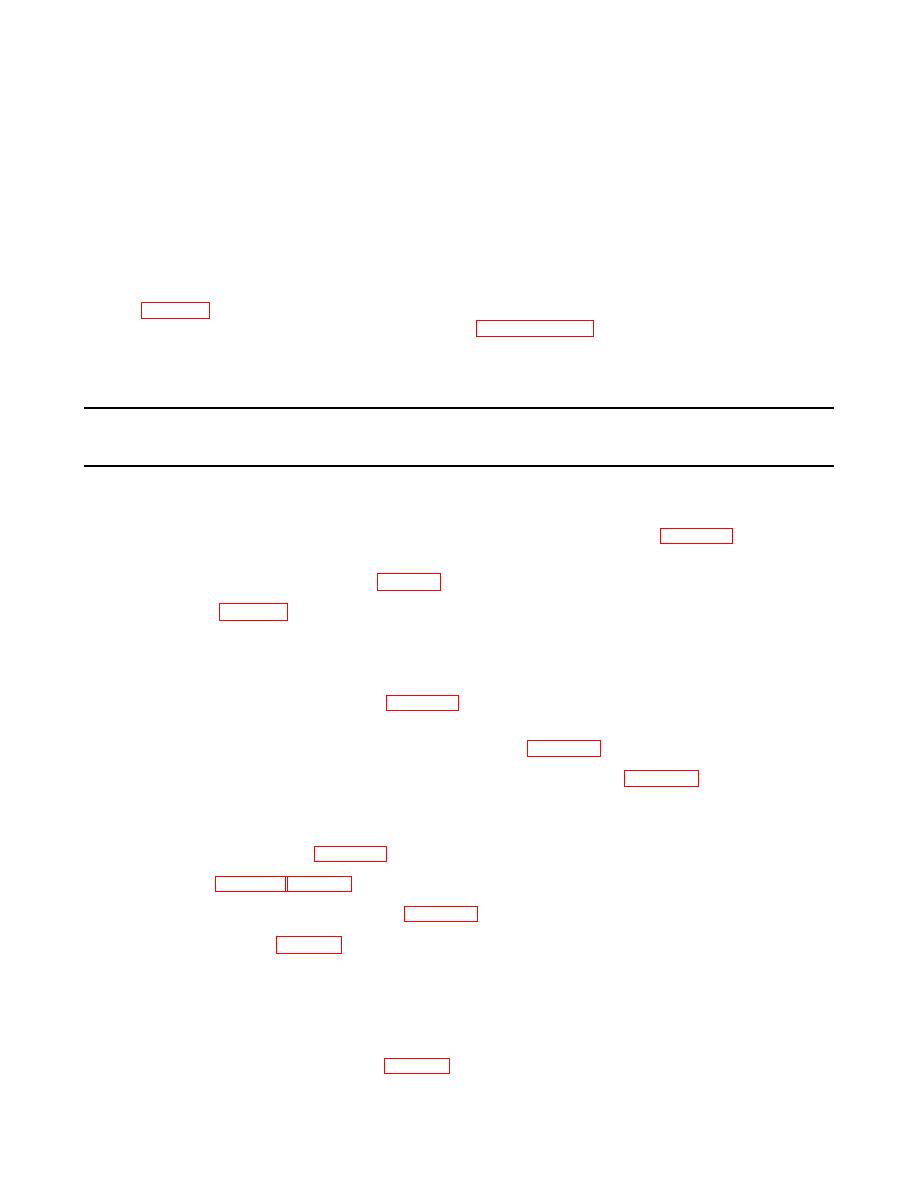
| Tweet |

Custom Search
|
|

|
||
 TM 55-1905-217-34
2-3. Maintenance Repair Parts
Direct and general support maintenance repair parts are listed and illustrated in TM 55-1905- 217-34P.
Section II. TROUBLESHOOTING
2-4. General
a. This section contains troubleshooting information for locating and correcting most of the operating troubles
which may develop in the landing craft. Each malfunction for an individual component, unit, or system is
followed by a list of tests or inspections which will help you to determine the probable causes and corrective
actions to take. You should perform the tests/inspections and corrective actions in the order listed.
b. This manual cannot list all malfunctions that may occur, nor all tests or inspections and corrective actions.
If a malfunction is not listed or is not corrected by listed corrective actions, notify your supervisor.
2-5. Troubleshooting
Refer to table 2-2. This table provides troubleshooting instructions at the direct and
general maintenance levels. Refer to TM 55-1905-217-12, paragraph 3-6, for lower echelon troubleshooting.
NOTE
Before you use this table, be sure you have performed all applicable operating checks.
Table 2-2. Troubleshooting
MALFUNCTION
TEST OR INSPECTION
CORRECTIVE ACTION
Propulsion Engine
1.
Engine will not turn over.
Hand crank the engine at least one complete revolution. If the engine cannot be rotated a complete
revolution, internal damage is indicated.
Disassemble the engine to ascertain the extent of damage and the cause (para 3-13 thru 3-19)
2.
Low cranking speed.
Step 1. Check electric starting motor
Overhaul electric starting motor (para 4-3).
Step 2. Check hydraulic starting system.
Refer to (paras 4-4 thru 4-9).
3.
Low compression
Step 1. Check for sticking or burned exhaust valves.
Cylinder head must be removed and overhauled to correct this condition.
Step 2. Check for improper valve seating. Check for excessive valve-to-guide clearance, bent valve
guide or carbon deposits. Replace a worn or bent guide. Clean the carbon from the valve. Reface
or replace the valve if necessary (para 3-15).
Step 3. Check for a bent or broken valve. Check for contact between the valve head and the piston as a
result of incorrect valve clearance, or a defective spring. Check the valve guide, insert, cylinder
head and piston for damage. Replace damaged parts (para 3-15).
Step 4. Look for varnish deposits on valve stem. Check for a worn valve guide or excessive exhaust
back pressure. Reface the valve and insert or, if necessary, replace (para 3-15)
Step 5. Check for scored or scuffed valve stem. Check for a bent valve stem or guide, metal chips or
dirt, or for a lack of lubrication.
Clean up the valve stem with crocus cloth wet with fuel oil or replace the valve. Replace the guide.
When installing a valve, use care in depressing the spring so that the spring cap DOES NOT
scrape the valve stem (para 3-15).
Step 6. See if all valves are bent. Check for a gear train failure, or for improper gear train timing.
Step 7. See if compression rings are worn or broken.
Overhaul cylinder and replace rings (para 3-20).
Step 8. See if blower is not functioning..
Overhaul blower (para 3-9).
4.
No fuel or insufficient fuel
Step 1. Look for obstruction in fuel lines or filters.
Disassemble and clean out all fuel lines. Service filters and strainers. (TM 55-1905-217-12, para 4-
27).
Step 2. Check for faulty fuel pump.
5.
Governor instability (hunting).
Check for faulty governor and/or linkage to injectors.
Repair and/or overhaul governor (para 3-4).
2-3
|
||
 |
||